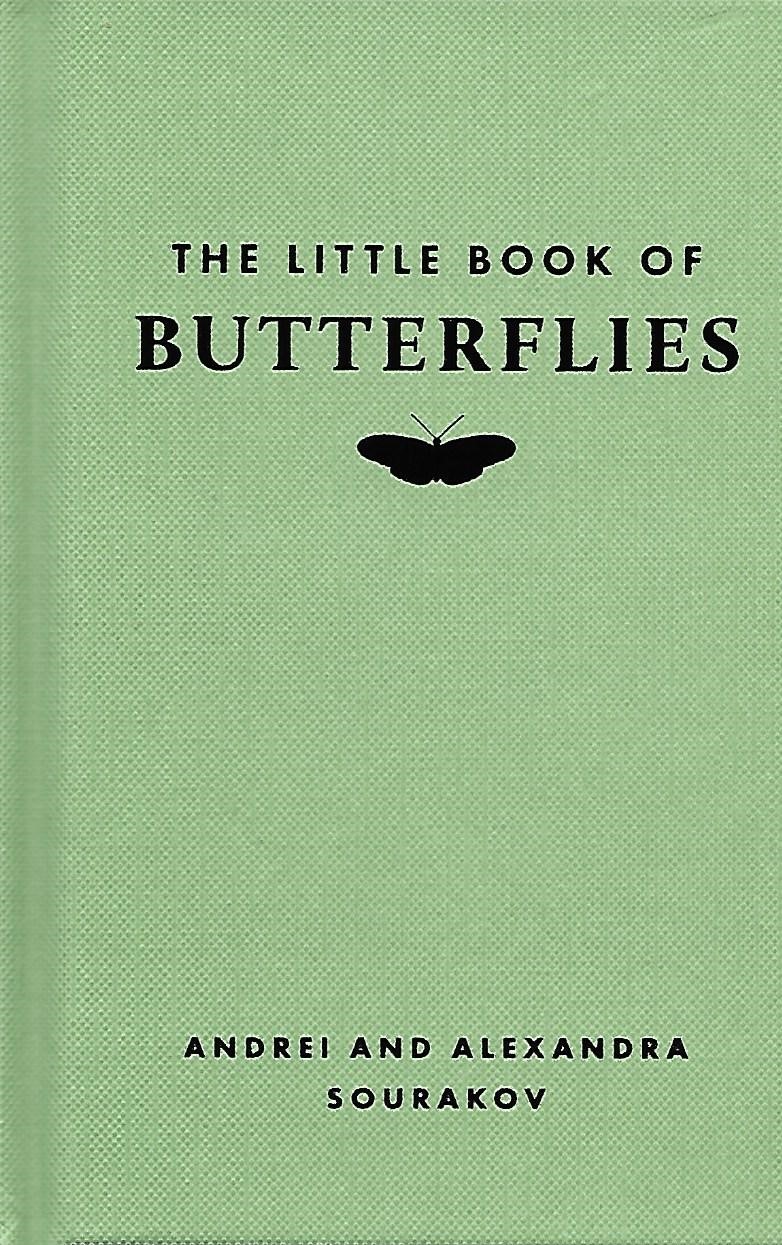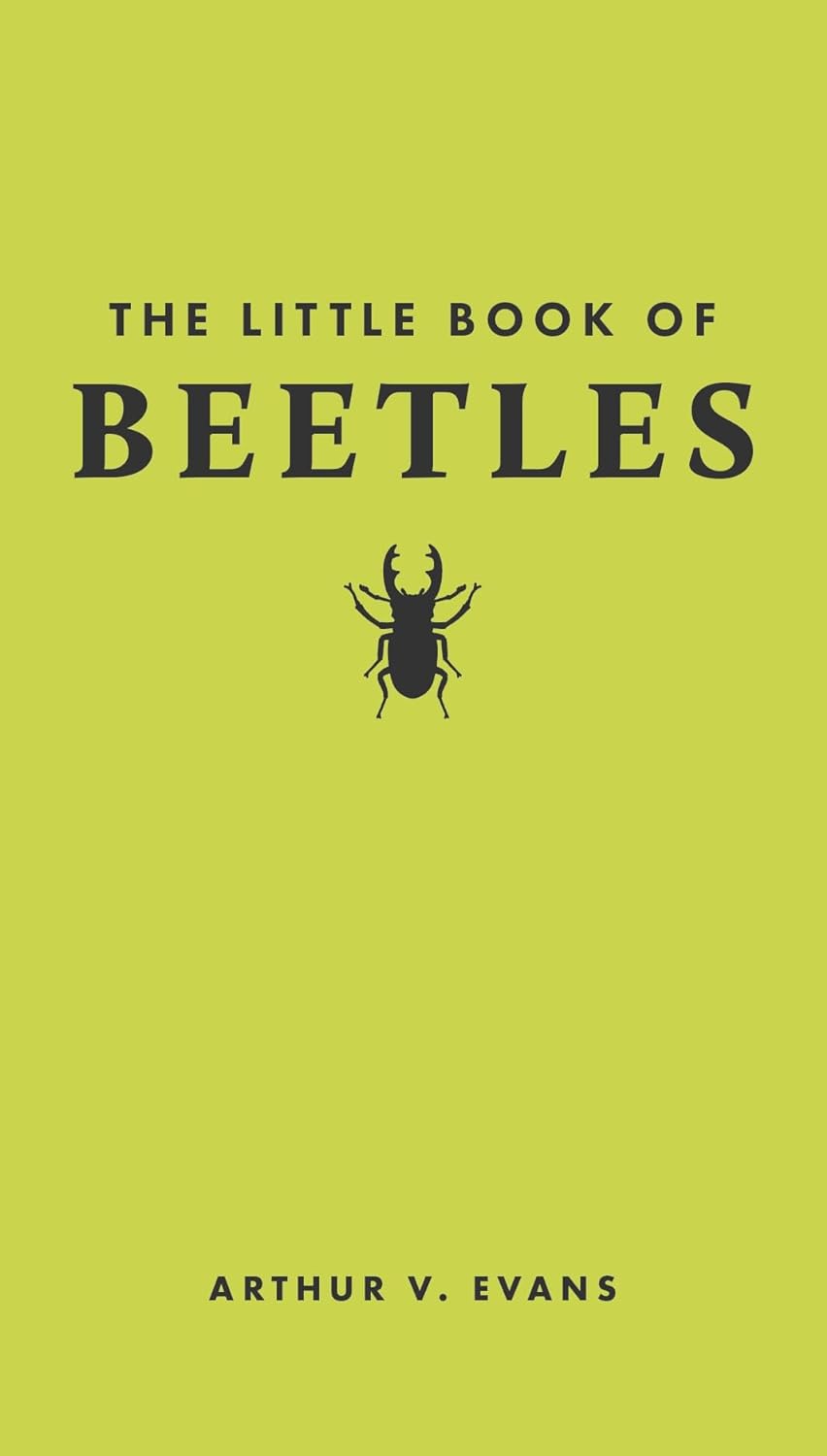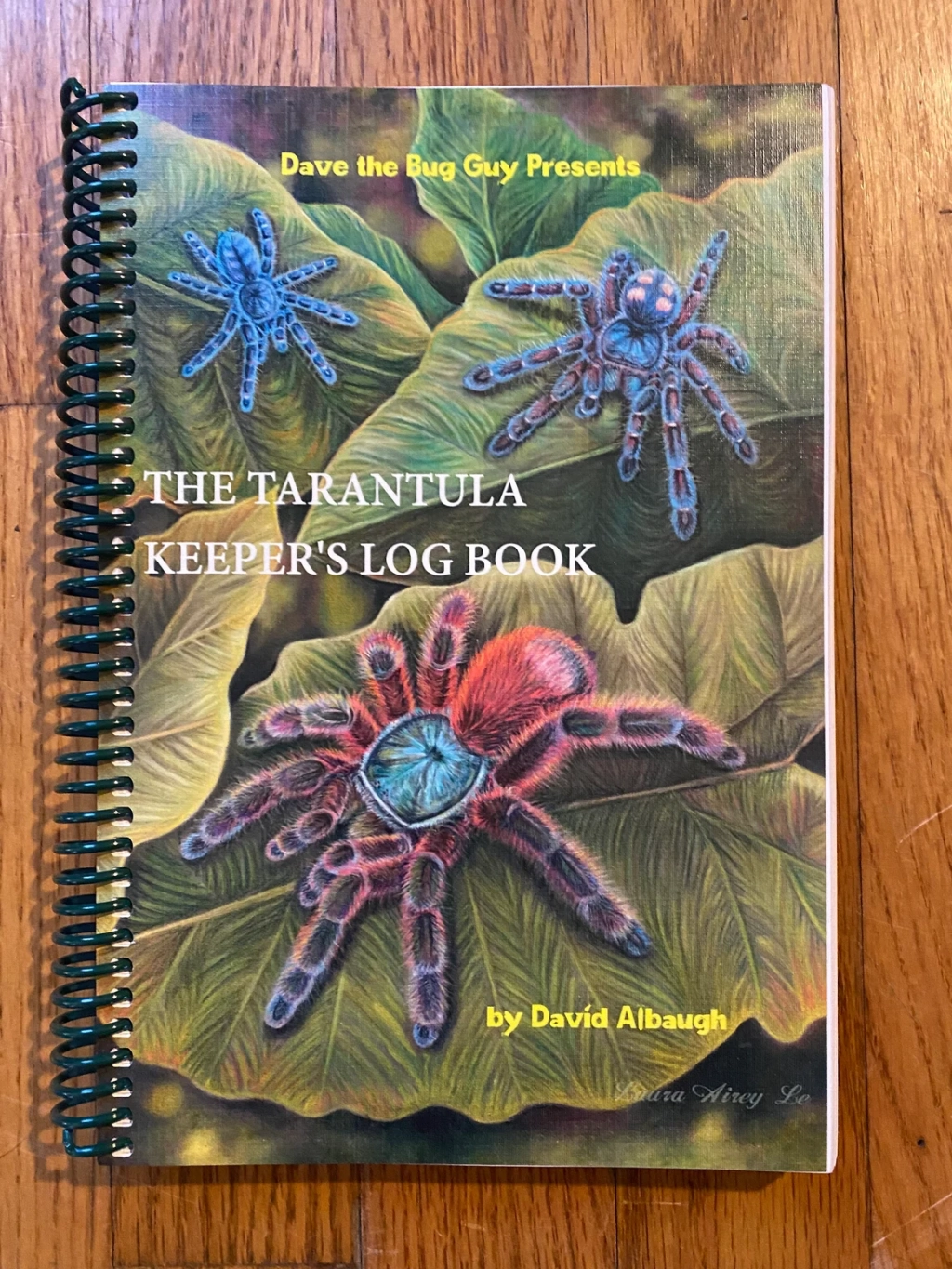This is going to be a quick entry in this case study. As of this writing on June 27, 2021, all but a few cocoons have hatched. I have a small assortment still of cecropia, polyphemus and luna. Initially I felt that this case study was a failure about after giving it some thought, I realized that I know a lot more now than I did at the start, which should help tremendously going into 2022.
Based on the short time I have lived in Richmond, it is obvious that cecropia, polyphemus, luna and promethea are found here. Cocoons of both cecropia and promethea are easily found and my neighbor provided a picture of an adult polyphemus. On top of that, lunas readily come to my moth lights at night. So far, the only other Saturniid to come to the moth lights is Dryocampa rubicinda, the Rosy maple moth.
I did have plenty of female moths hatch out, all of which were allowed to scent for two nights before being let go. The only success I had was a swarm of male lunas, which has to be seen to be believed. There is no doubt that this species is very common in Richmond. So the question is, why?
After careful thinking, I did come up with a theory, that may or may not be accurate. All cocoons I had were received from different suppliers throughout the United States and they were last minute acquisitions. One thing that I did not take into consideration was how these suppliers stored their cocoons and when they had been taken out from cold storage. To me, it makes sense that because of this, these cocoons did not hatch out at the same time as the wild ones here were because their cycle was off. Perhaps I was able to attract male lunas was because I had received these from nearby Massachusetts, whose weather is very similar to Rhode Island.
This does not explain not attracting cecropias though. All cocoons were received from Massachusetts and we even found a huge one here, just down the street from my house. When this hatched it was a huge female and it definitely came out on the same cycle as local populations. No males responded to her calling.
As for the regalis and cynthia, I did not have high hopes of attracting either one of them. First off, tree of heaven seems to be lacking in the southern part of Rhode Island, though it is very common in the Providence area. This lack of cynthia foodplant to me explains no moths, though this species may no longer be in this area. I thought the chance of attracting regalis was much stronger though, as the Richmond area is loaded with hickory, their preferred foodplant.
So where do I go from here? I still have some cocoons to hatch, so who knows. Perhaps I will attract from a second brood. I am currently raising cecropia, polyphemus and regalis. My hope is that by overwintering them allowing them to become accustomed to the Richmond weather, that they will hatch out in 2022 at the same time as local populations. Fingers crossed. I also plan on obtaining some other species in the fall, to be acclimated to this area as well.










Leave a comment